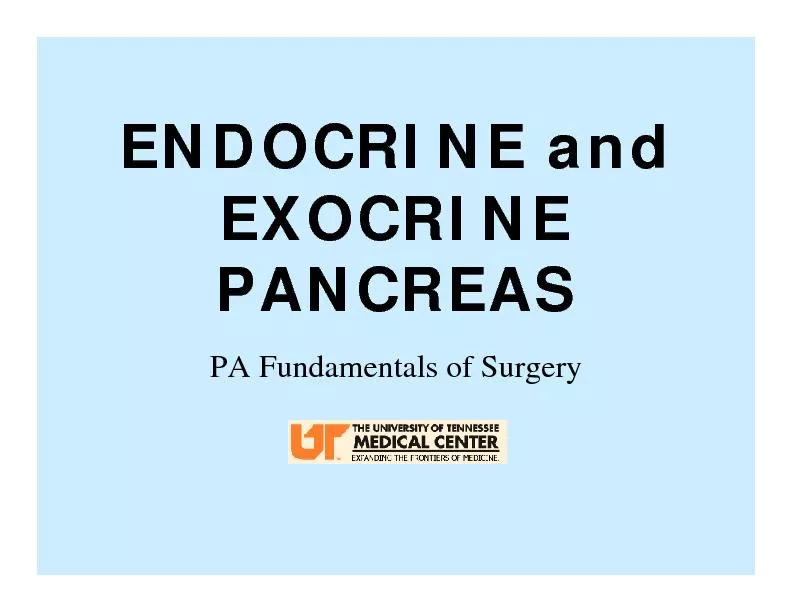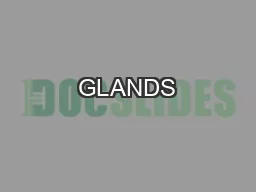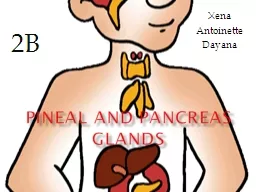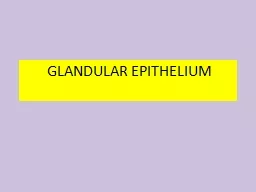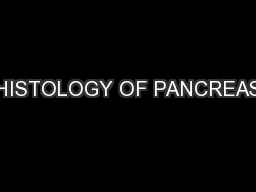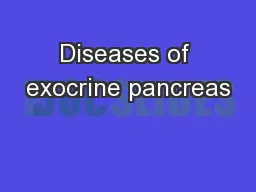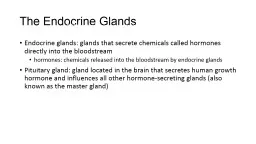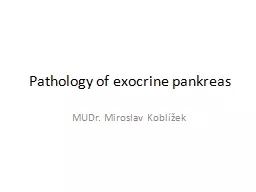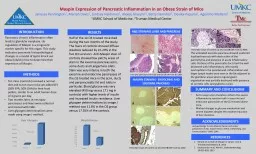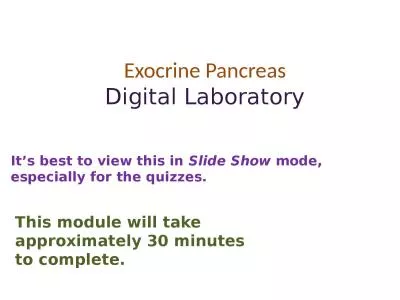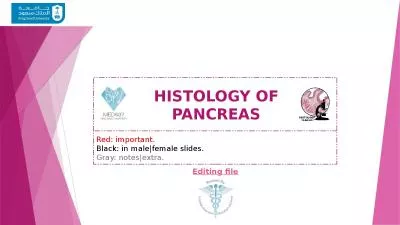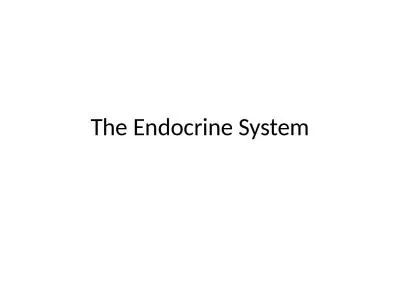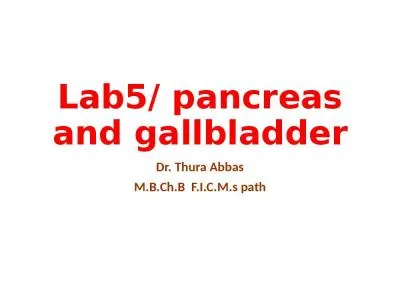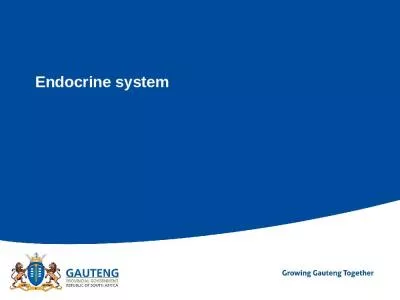PDF-ENDOCRINE and EXOCRINE PANCREAS
Author : natalia-silvester | Published Date : 2016-03-22
PA Fundamentals of Surgery EMBRYOLOGY 149Pancreatic buds dorsalventral form in 1215 mm fetus 149Islets appear in 54 mm fetus 149EndocrineExocrine cells 150Neural
Presentation Embed Code
Download Presentation
Download Presentation The PPT/PDF document "ENDOCRINE and EXOCRINE PANCREAS" is the property of its rightful owner. Permission is granted to download and print the materials on this website for personal, non-commercial use only, and to display it on your personal computer provided you do not modify the materials and that you retain all copyright notices contained in the materials. By downloading content from our website, you accept the terms of this agreement.
ENDOCRINE and EXOCRINE PANCREAS: Transcript
Download Rules Of Document
"ENDOCRINE and EXOCRINE PANCREAS"The content belongs to its owner. You may download and print it for personal use, without modification, and keep all copyright notices. By downloading, you agree to these terms.
Related Documents

